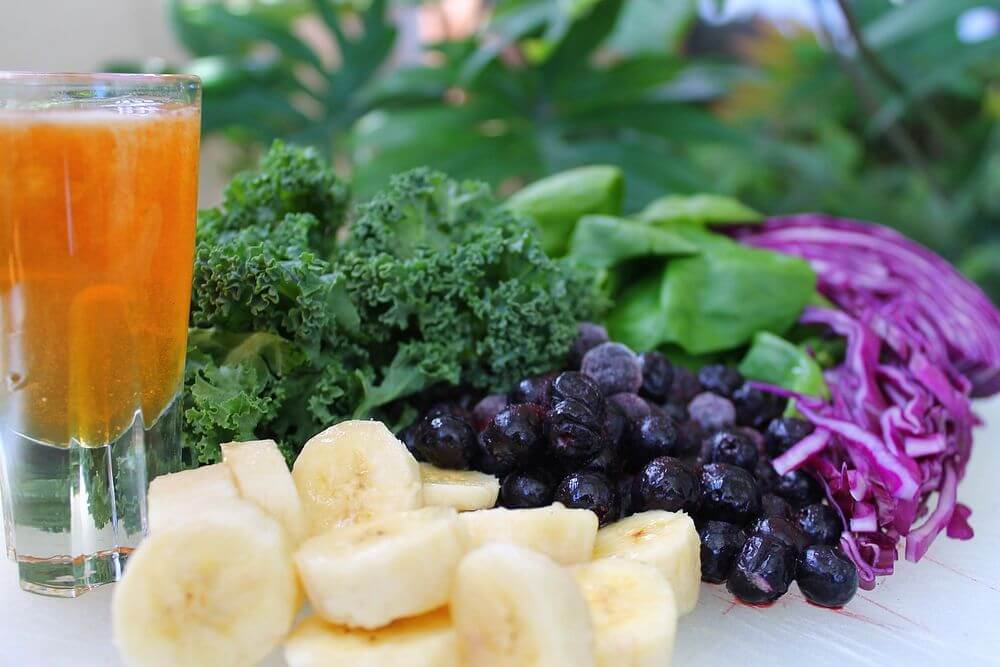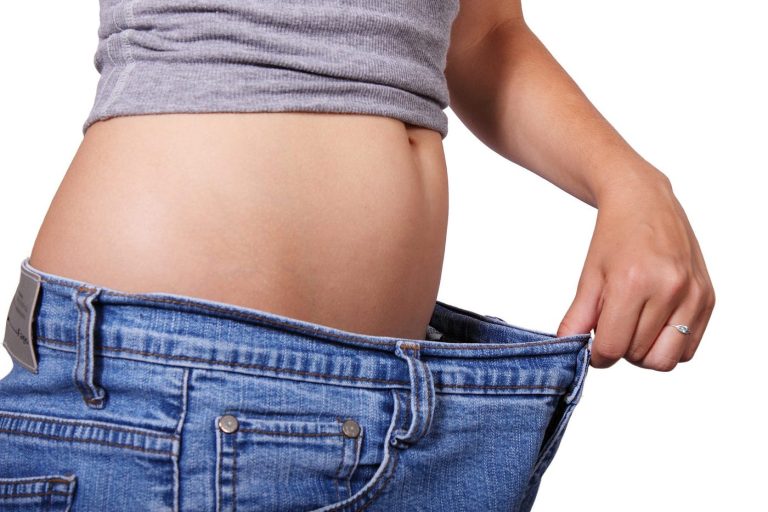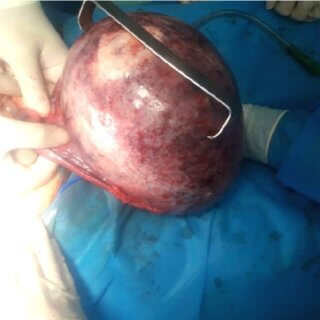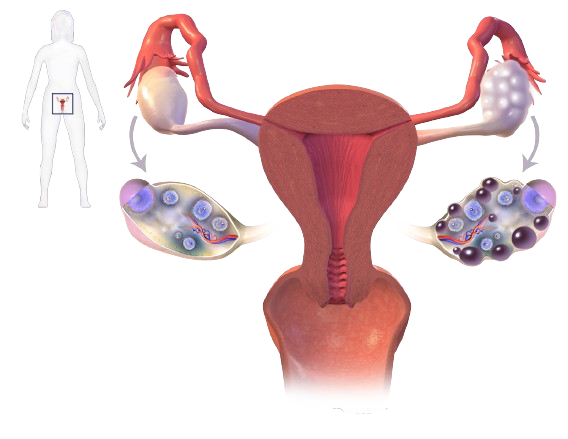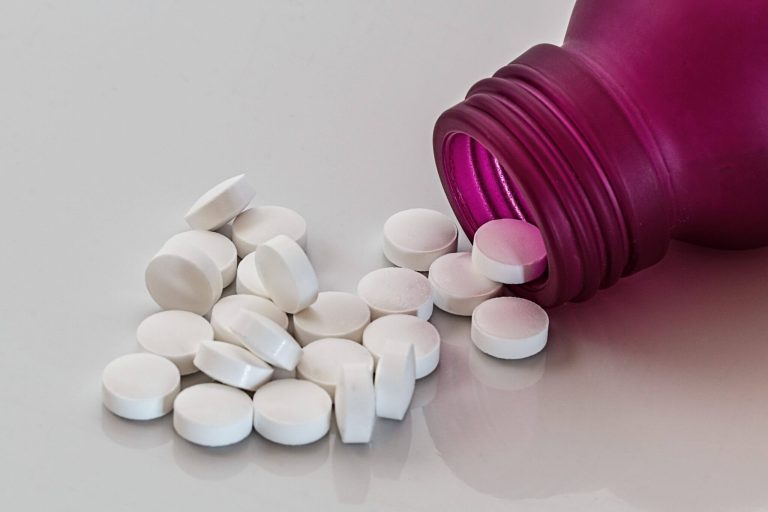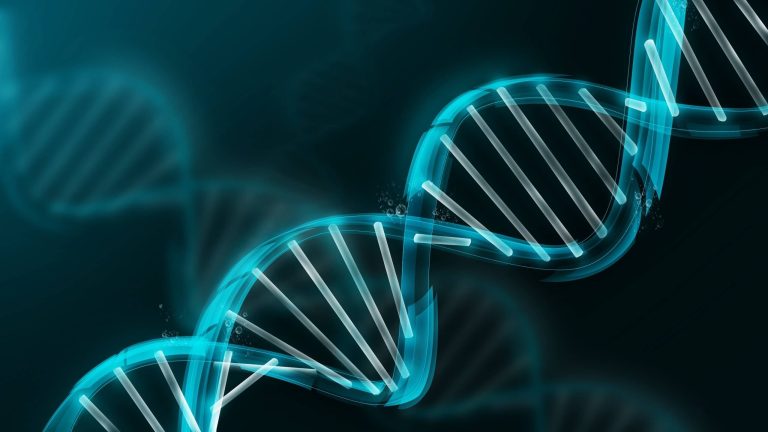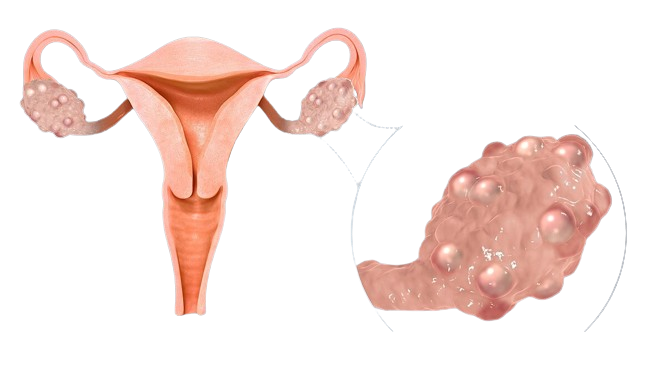PCOS Diet: Foods to Avoid for Better Management
There is no standard PCOS diet. Research shows various blends of eating plans can help individuals with polycystic ovary disorder (PCOS). A low-carb, ketogenic, Mediterranean, whole-food, low-glycemic index (GI) diet has been shown to reduce the risk of PCOS.

PCOS is an endocrine condition that causes different ovarian blisters, unusual monthly cycles, undesirable facial and body hair, insulin obstruction, and weight gain.
Studies show that losing 5-10% of your body weight can help reduce the effects of PCOS and restore ovulation. A diminished calorie diet zeroed in on supplement thick food sources with a low glycemic file (GI), lean proteins, and monounsaturated fats is for. The most part suggested for individuals with PCOS.
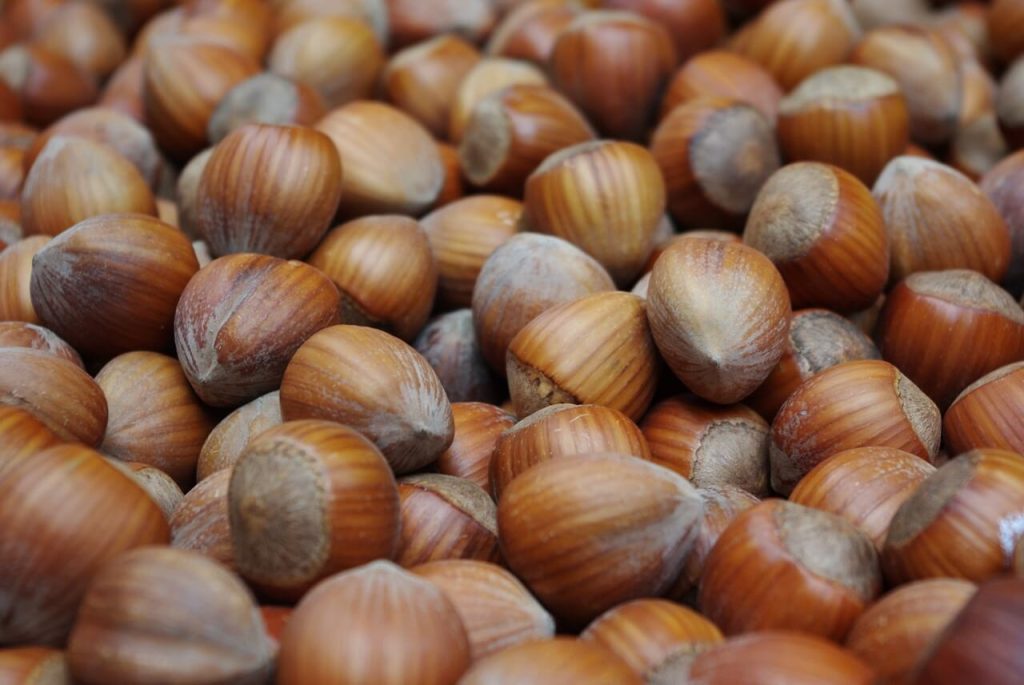
This article examines PCOS diet proposals. It goes over the different eating routine plans that can assist you with getting thinner, ease PCOS side effects, and work on your general well-being.
How to Lose Weight With PCOS
Weight reduction is the principal line of treatment for PCOS. but, PCOS disturbs metabolic capabilities connected with keeping a solid weight, making it harder to get in shape.
There is no standard PCOS diet. Research shows getting in shape further develops PCOS side effects paying little heed to dietary synthesis.
Research shows some dietary approaches are easier for people with PCOS lose weight. people with PCOS were told to follow a low-calorie diet. More recent studies found focusing on macronutrients may be more effective than total calories.
Low Glycemic Diet
The Low Glycemic File Diet is a cookbook composed by Jennie Brand-Mill operator, Kaye Cultivate Powell, Joanna McMillan-Cost, and Gérard Slama that was first distributed in 2004. It is portrayed as the main science-based diet that can assist with weight reduction and foster smart dieting propensities.
Low glycemic (GI) food varieties contain supplements that assist with dulling their effect on glucose levels, like fiber and protein. A few instances of low GI food sources include:
Fruits
Examples include apples, berries, oranges, lemons, limes, and grapefruit
Non-starchy vegetables
Examples include broccoli, cauliflower, carrots, spinach, and tomatoes.
Legumes
Contain high fiber and high resistant starch content. Examples include lentils, chickpeas, and black beans.
Different instances of low GI food varieties include:
- Dairy food varieties (low fat, unsweetened)
- High protein food varieties, like lean meat and fish
- Unsweetened soy milk
- Low-sugar organic products, like apples, oranges, and blueberries
- Porridge made with steel-cut oats and water
High Protein Diets

A high-protein diet comprises 20% or a greater amount of your day to day calories coming from protein, and incorporates lean meats, poultry, and fish. High-protein consumes fewer calories additionally will generally be high in immersed fat and cutoff carbs.
Macronutrient pieces were characterized as the level of day to day calories from protein, fat, and starches, as follows:
High-protein diet: over 40% protein, 30% fat, and under 30% carbs
Standard-protein diet: under 15% protein, 30% fat, and over 55% carbs
Here are a few instances of food sources that are high in protein:
- Lean meats like beef, chicken, pork, and venison
- Poultry like chicken, turkey, and shrimp
- Seafood like salmon, tuna, and halibut
- Eggs
- Soy
- Beans and pulses like soya
- Nuts and seeds
- Dairy products
- Vegetables like asparagus and spinach
- Grains like quinoa
Modified Mediterranean Diet
The Mediterranean eating routine spotlights on eating entire, natural food varieties: vegetables, organic products, fish, fish, vegetables, nuts, entire grains, and olive oil. A changed, low-carb variant of the eating routine has been displayed to help weight reduction in those with PCOS diet.
The traditional Mediterranean diet is plant-based and includes:
- Vegetables
- Fruits
- Whole grains
- Legumes
- Fish
- Eggs
- Moderate amounts of dairy, poultry, and meat
The Med Diet includes:
Core foods
Whole grains, fruits, vegetables, beans, herbs, spices, nuts, and olive oil
Protein
Beans, lentils, chickpeas, tofu, tempeh, seitan, chicken, fish, seafood, and eggs
The DASH diet, or Dietary Ways to deal with Stop Hypertension, is a good dieting plan that spotlights on vegetables, natural products, and entire grains. It additionally incorporates low-fat or sans fat dairy, fish, poultry, beans, and nuts. The Scramble diet limits food sources that are high in salt, immersed fat, and sugar-improved refreshments.
The DASH diet can help treat or prevent high blood pressure, and it can also be a healthy way to lose weight. According to Live Science, people on the DASH diet have lost about 3.1 pounds over 8–24 weeks, and have lost 0.4 units of BMI over 8–52 weeks.
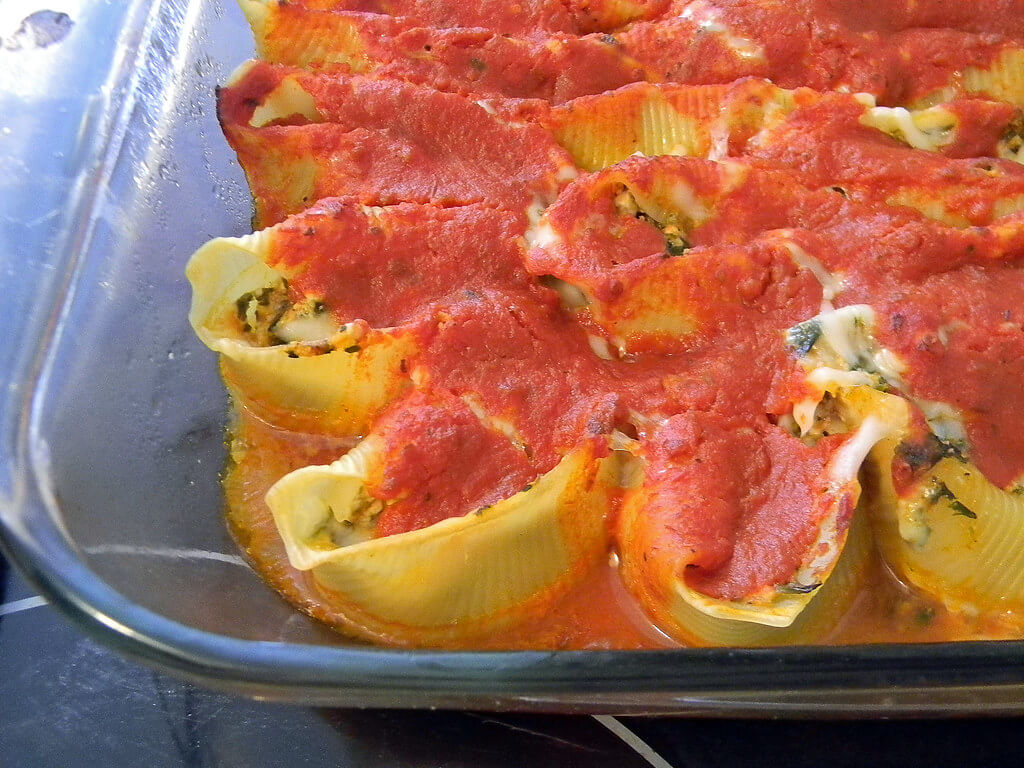
Benefits
Getting in shape works on metabolic and regenerative wellbeing for individuals with PCOS paying little heed to which of these particular weight control plans they pick. Weight reduction assists with adjusting chemicals, reestablishing ovulation, further developing glucose levels, and diminishing aggravation. Here is a more intensive glance at the exploration
PCOS Diet and Other Health Conditions
Assuming you are attempting to get pregnant or are pregnant, breastfeeding, or breastfeeding, you have unique sustenance needs. You might have to change your PCOS diet or carve out an opportunity to guarantee you are fed. Search for bearing from a clinical benefits provider.
Research has shown a connection between gluten and irritation. But it’s muddled on the off chance that lessening or disposing of it from your eating regimen helps PCOS diet. If you decide to explore different avenues for rolling out this improvement, make certain to study the upsides
Considerations
A diet for Polycystic Ovarian Syndrome (PCOS) ought to incorporate food sources that are high in fiber, sound fats, and cell reinforcements. It ought to likewise incorporate ordinary, offset dinners with high fiber and low glycemic record (GI) carbs. A few food sources to remember for a PCOS diet are:
- Omega-3 rich fish: Salmon, fish, sardines, and mackerel
- Non-dull vegetables: Mixed greens, tomatoes, mushrooms, peppers, broccoli, cauliflower, snow peas, celery, and fennel
- Entire grains: Earthy-colored rice, grain, sorghum, cereal, and quinoa
- Vegetables and heartbeats: Dark beans, kidney beans, chickpeas, and lentils
- Nuts and seeds: Pecans, pistachios, and sunflower seeds
- Organic products: various berries and citrus natural products
Summary
Weight reduction assists with freeing side effects from PCOS and reestablish ovulation. In any case, having PCOS makes it hard to get in shape. While there is no standard PCOS diet, specialists suggest following a diminished-calorie dinner plan that is either low-carb or highlights sugars with a low glycemic file.
Vegetables, high-fiber natural products, entire grains, lean proteins, and monounsaturated fats are the best food sources for individuals with PCOS diet. Keep away from handled food sources, greasy food sources, prepared merchandise, desserts, and over the top salt or sugar consumption if you have PCOS.
